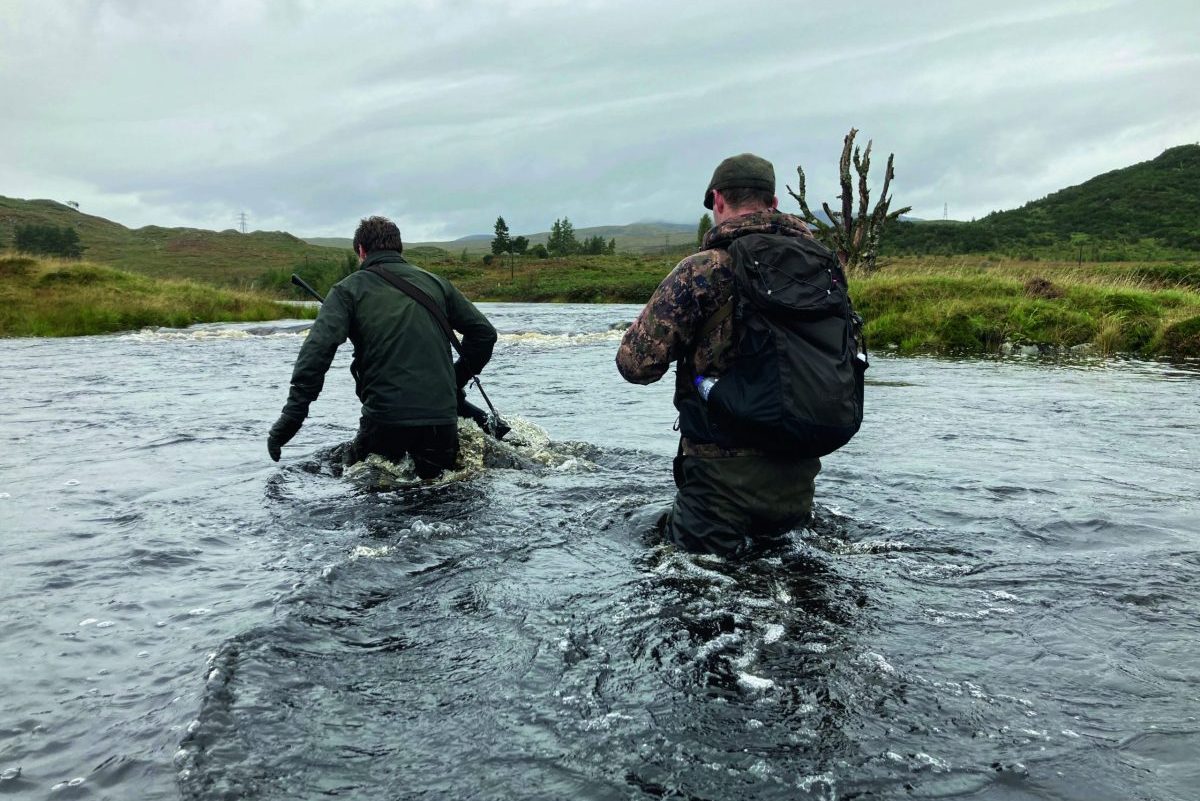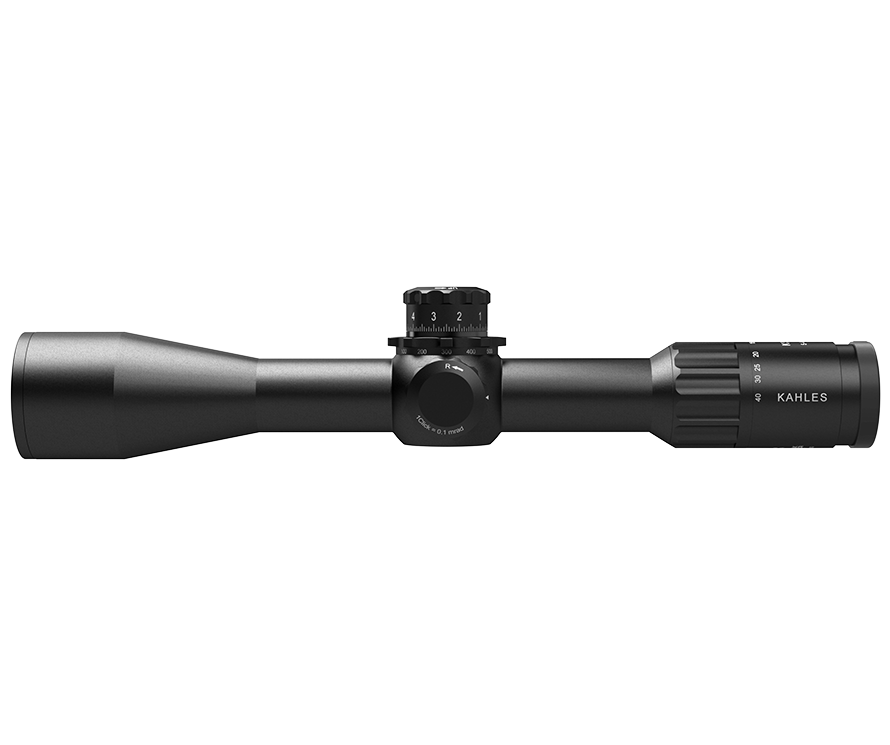News
Water availability is critical for population density
Would you like to speak to our readers? We offer sponsored articles and advertising to put you in front of our audience. Find out more.
Any gamekeeper knows the importance of having a good supply of clean water in the release pen. Sometimes, the engineering work this entails is wondrous to behold, encompassing lots of blue pipe, valves and elevated tanks. In an age of single-handed keepering, being able to get water at the turn of a tap has become essential for anything but the smallest release pens.
Game-carrying capacity
Interestingly, much the same applies to many African game reserves. Certainly, the supply of water is one of the key factors determining the game-carrying capacity of the enclosed land. Even though some of these reserves cover tens of thousands of hectares, high game fences forestall migration in times of drought, so water must be provided.
Many of these reserves were built up from groups of holdings that used to be cattle farms. Former cattle ranchers built small dams across seasonal streams and sank boreholes, with the water being lifted by windmills or diesel pumps. After the cattle were removed and the internal fences came down, this water infrastructure was retained or even enhanced for use by indigenous game species. The emergence of private game reserves in southern Africa is one of the world’s greatest conservation success stories — and it wouldn’t have been possible without artificial water supplies.
What is less well known is that much the same applies to African national parks. Right from their founding, national parks used borehole-fed waterholes and dams to attract and sustain game. Take South Africa’s Kruger National Park, which covers nearly two million hectares. To many idealists, it is the epitome of true wilderness. Yet for decades, game has been maintained within the Kruger with the help of man-made water sources. Only recently have the long-term consequences of this well-meaning intervention been recognised.
Elephants were first reported in the Kruger area in 1905. Starting in the 1930s, 360 boreholes were drilled and more than 50 dams constructed. Since 1994, elephant numbers in the park have been doubling every 10 years. It has reached the point where waterhole-hogging elephants are inflicting unsustainable damage on trees in some localities. In a marked change of policy, the park management has in recent years been dynamiting boreholes and dams, with help from the army.
Water plays a critical role in determining the distribution and density of animals — whether livestock or wildlife. The same applies, of course, to humans. Bitter conflicts over water rights are common in arid zones.
Here in Britain, the annual ritual of summer hosepipe bans and the resultant tabloid outrage has become an established part of the silly season. Yet, for those of us who live in areas too remote to benefit from mains water, the idea that anybody should use drinking water for washing their car or watering their lawn is an outrage. Do people think drinking water simply falls from the sky and finds its own way to the tap?
Related articles
News
Anti-grouse shooting petition crushed by MPs who don't even shoot
Wild Justice's petition to ban driven grouse shooting was quashed in Westminster Hall yesterday, with all but one MP opposing the ban
By Time Well Spent
News
A sound decision as moderators to be taken off licences
The Government has finally confirmed what the shooting community has long argued – that sound moderators should be removed from firearms licensing controls
By Time Well Spent
Manage Consent
To provide the best experiences, we use technologies like cookies to store and/or access device information. Consenting to these technologies will allow us to process data such as browsing behavior or unique IDs on this site. Not consenting or withdrawing consent, may adversely affect certain features and functions.
Functional Always active
The technical storage or access is strictly necessary for the legitimate purpose of enabling the use of a specific service explicitly requested by the subscriber or user, or for the sole purpose of carrying out the transmission of a communication over an electronic communications network.
Preferences
The technical storage or access is necessary for the legitimate purpose of storing preferences that are not requested by the subscriber or user.
Statistics
The technical storage or access that is used exclusively for statistical purposes.
The technical storage or access that is used exclusively for anonymous statistical purposes. Without a subpoena, voluntary compliance on the part of your Internet Service Provider, or additional records from a third party, information stored or retrieved for this purpose alone cannot usually be used to identify you.
Marketing
The technical storage or access is required to create user profiles to send advertising, or to track the user on a website or across several websites for similar marketing purposes.





